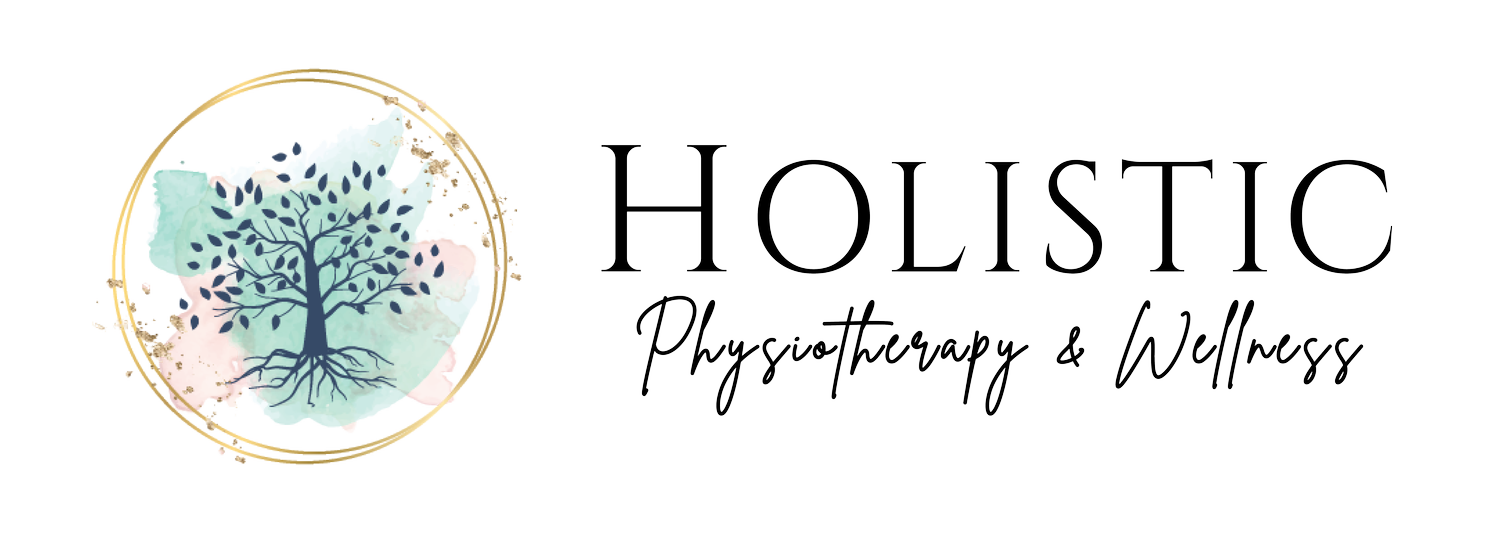Painful Breastfeeding and Vasospasm- What is the Relation?
Written by Dr. Stephanie Liebrecht | June 17, 2020
Experiencing some nipple soreness in the first few days or week of breastfeeding can be normal. If the discomfort develops into pain, and the pain lasts longer than a week, there may be an underlying issue. Some common causes of pain during breastfeeding include positioning of baby, inadequate latch, blocked milk ducts, breast engorgement, mastitis, cracked nipples, yeast infection (candida) of the breast and nipples, and vasospasm.
Vasospasm occurs when the blood vessels supplying the nipple and breast tissue begin to spasm and tighten. It can also be referred to as Mammary Constriction Syndrome (MCS)1.
Causes of vasospasm:
- latch difficulties leading to pulling of the breast.
- decreased milk flow also causing pulling of the breast.
- muscle tension in the shoulders and chest causing constriction of the blood vessels. - the decreased blood flow and oxygen results in pain.
Symptoms of vasospasm include:
- pain, throbbing, burning, “pins and needle” feeling in the nipple or breast, after or during breastfeeding. Pain can also occur when there is a quick change in temperature, for example going from a warm shower to a cold room.
- change of color of the nipple (white, red, purple), occurring with pain.
- slow healing of cracked nipples or wounds due to decreased blood flow.
- vasospasm is often misdiagnosed as a candida infection, although there are no signs of infection, cracked nipples, or thrush in baby’s mouth.
Treatment of vasospasm:
- improve the latch from baby. Working with a lactation consultant is recommended.
- keep the nipples and breast tissue warm. Once baby is done feeding, immediately cover your breast with your hand. If it occurs after showering, wrap a towel around you before stepping out of the shower.
- apply a heat pad to the nipples after breastfeeding.
- massage to the shoulders and pectoral muscles.
- chiropractic care for back, shoulders, and posture.
- stretching of the pectoral muscle to reduce tension.
Additional treatments:
- Magnesium (bis)glycinate: 200-400mg per day. Can increase to 600mg per day (300mg twice per day) if needed (may cause loose stool).
- Vitamin B6: 100mg twice per day. Can be taken on its own, but may work better when combined with a B Complex which includes niacin (Vitamin B3).
- decrease caffeine intake
- avoid smoking or second-hand smoke
The International Breastfeeding Centre finds many of the above treatments to improve or resolve vasospasm1.
Dr. Stephanie Liebrecht, BSc, ND
Dr. Stephanie Liebrecht
Naturopathic Doctor
References:
1. Retrieved from: https://ibconline.ca/information-sheets/vasospasm/


